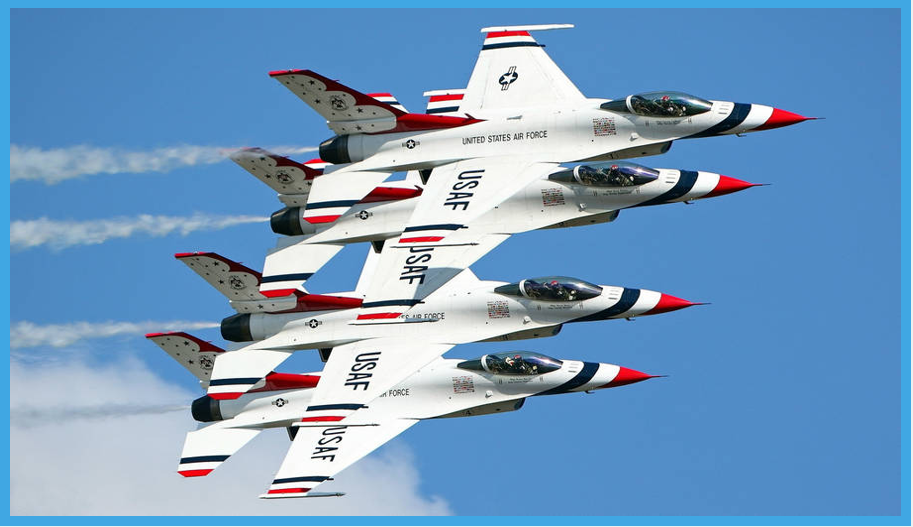The U.S. Air Force has submitted a new report to Congress outlining the need for 1,558 combat-ready fighter jets over the next decade, a significant expansion that will require accelerated production of F-15EX and F-35A aircraft and billions in additional funding.
Congressional Mandate and Strategic Goals
In response to a directive under the 2025 National Defense Authorization Act, the U.S. Air Force has released a 10-year fighter force structure plan detailing its requirements to meet evolving national security threats. The report, signed by Air Force Secretary Troy Meink, calls for a fleet of 1,558 combat-ready jets by fiscal year 2036 — up from the projected 1,271 aircraft in FY2026 AeroTime.
The expansion is designed to bolster U.S. airpower against “near-peer” adversaries, particularly in the Indo-Pacific and European theaters, and to ensure readiness across multiple global contingencies.
Aircraft Procurement and Modernization
To meet this target, the Air Force is prioritizing faster procurement of:
- F-15EX Eagle II: A modernized version of the legacy F-15, offering advanced avionics and extended range.
- F-35A Lightning II: A fifth-generation stealth fighter with multi-role capabilities.
The plan also includes continued modernization of existing platforms, such as the F-22 and F-16, and potential investment in next-generation aircraft like the sixth-generation F-47, currently in early development Breaking Defense Military Watch Magazine.
Funding and Feasibility Challenges
Defense analysts estimate the expansion will require tens of billions of dollars in new funding over the next decade. The Air Force has proposed a $3 billion allocation for F-15EX procurement in the upcoming budget, though supply chain constraints and production bottlenecks remain a concern Military Watch Magazine.
Experts also warn that the report lacks detailed procurement timelines and cost breakdowns, raising questions about feasibility and long-term sustainability Defense One.
Strategic Implications
The report reflects a broader shift in U.S. defense strategy toward deterrence and rapid response, particularly in light of rising tensions with China and Russia. It emphasizes the need for agile, survivable, and technologically advanced aircraft to maintain air superiority in contested environments.
Outlook
While the plan signals a bold vision for the future of U.S. airpower, its success will depend on Congressional support, industrial capacity, and budgetary discipline. The Air Force is expected to refine its procurement roadmap in upcoming defense hearings, with further details anticipated in the FY2026 budget proposal.
United States Air Force Fighter Jet Formations Picture
Sources:
AeroTimeAeroTime – US Air Force Fighter Fleet Expansion
Breaking DefenseBreaking Defense – Fighter Force Review
Defense OneDefense One – Report Critique
Military Watch MagazineMilitary Watch Magazine – F-15EX Procurement Analysis



